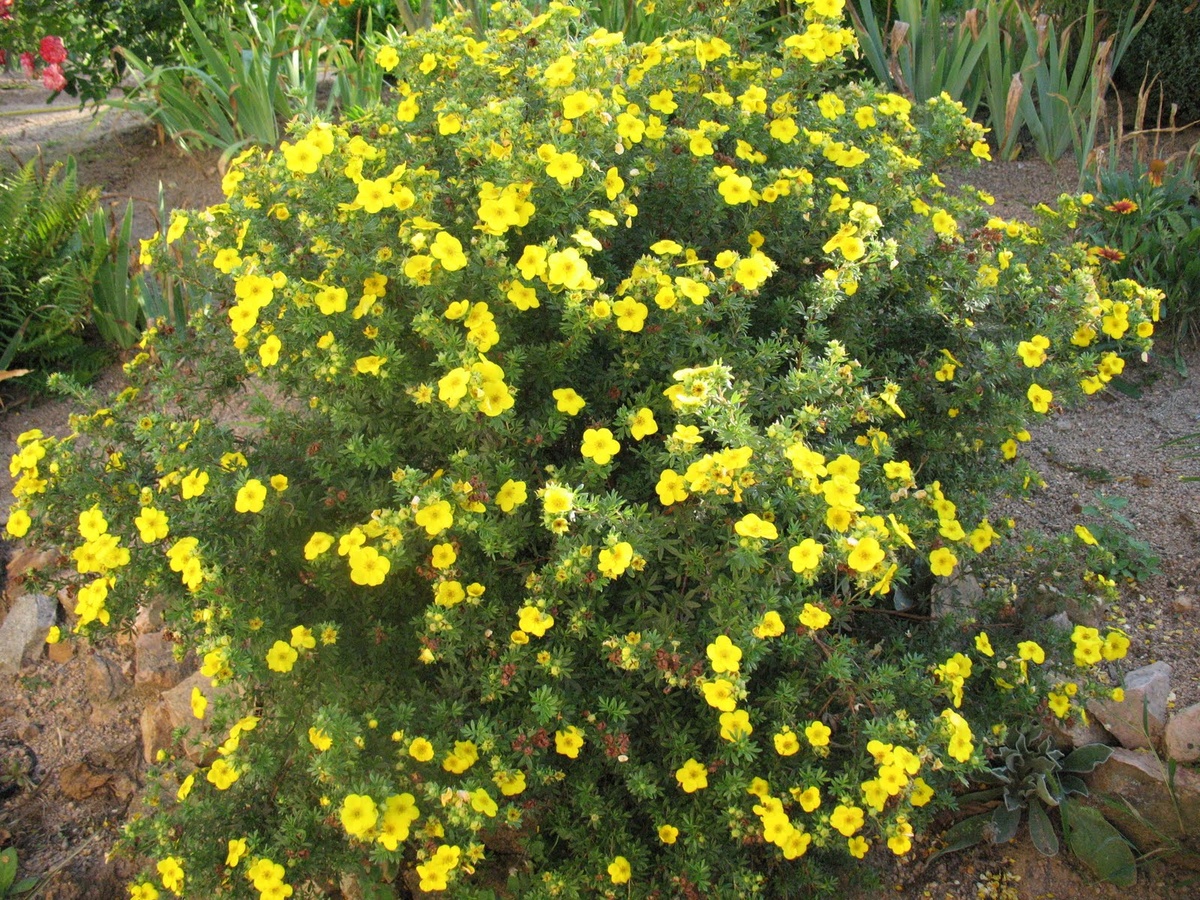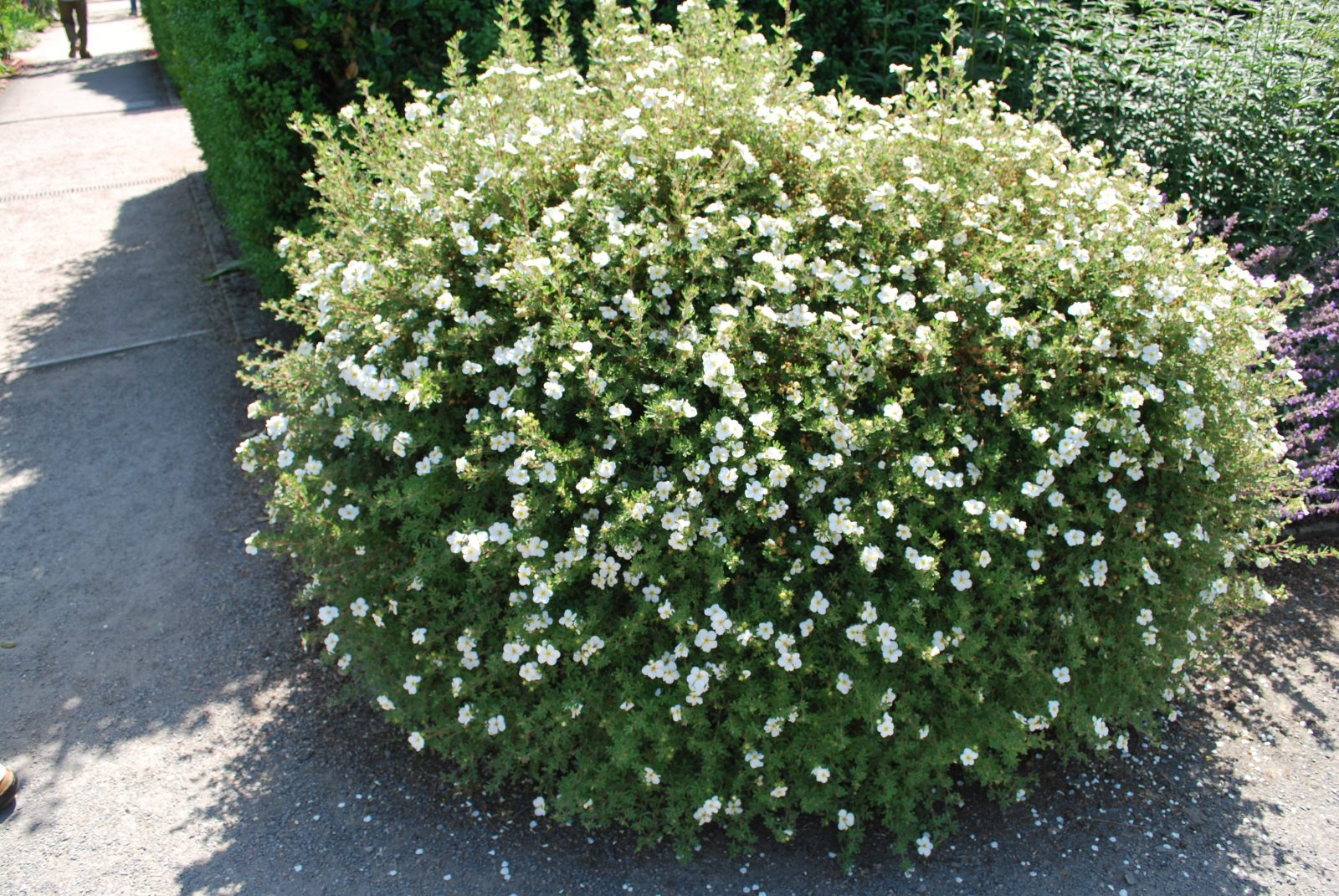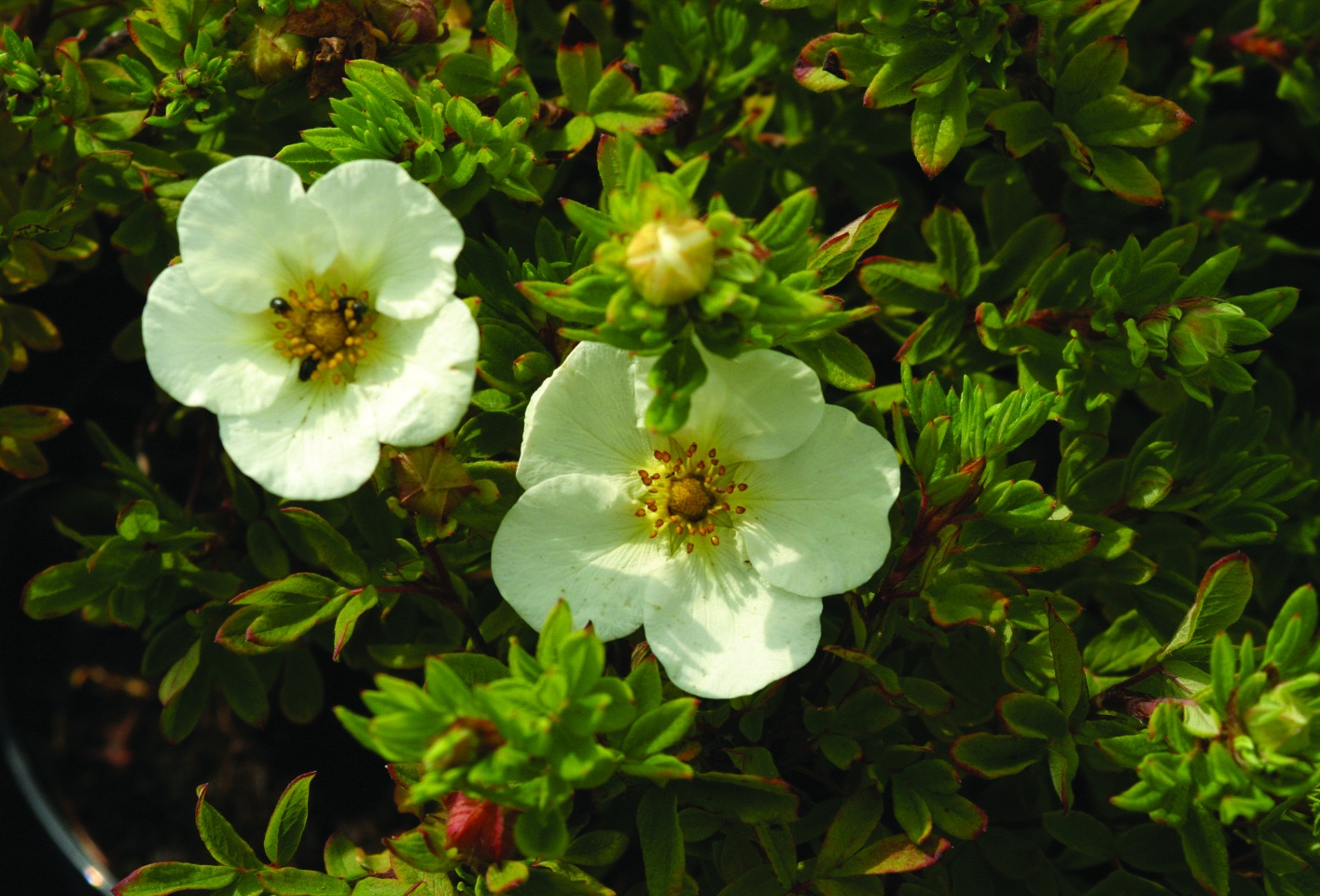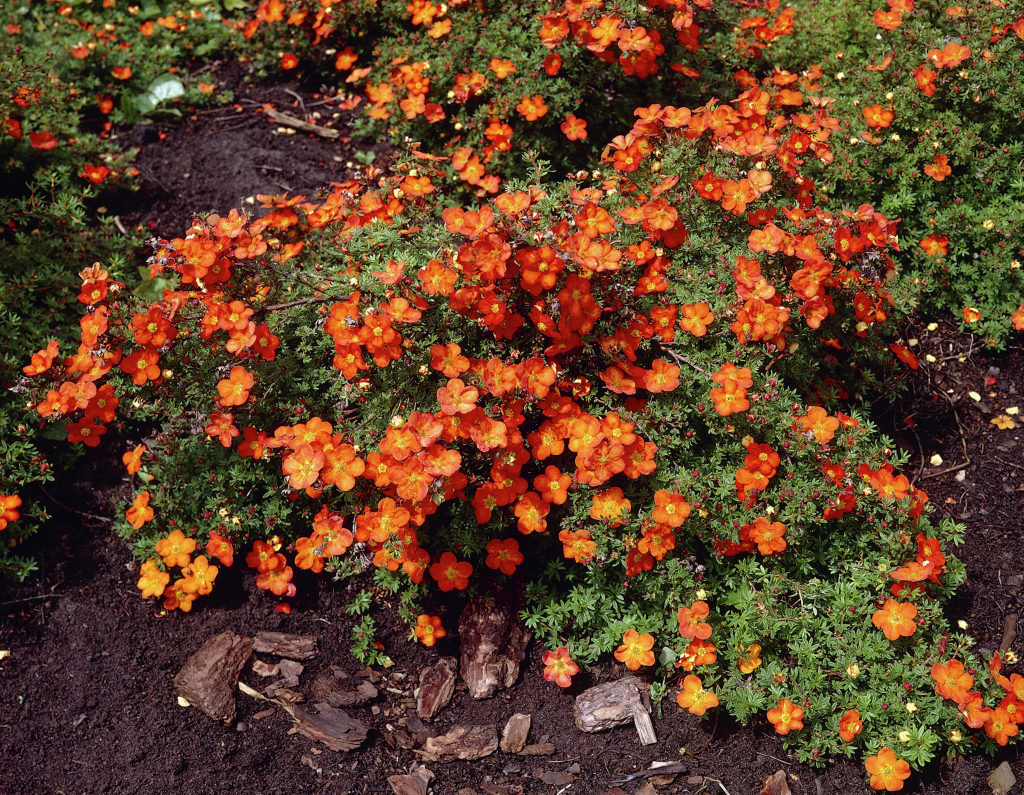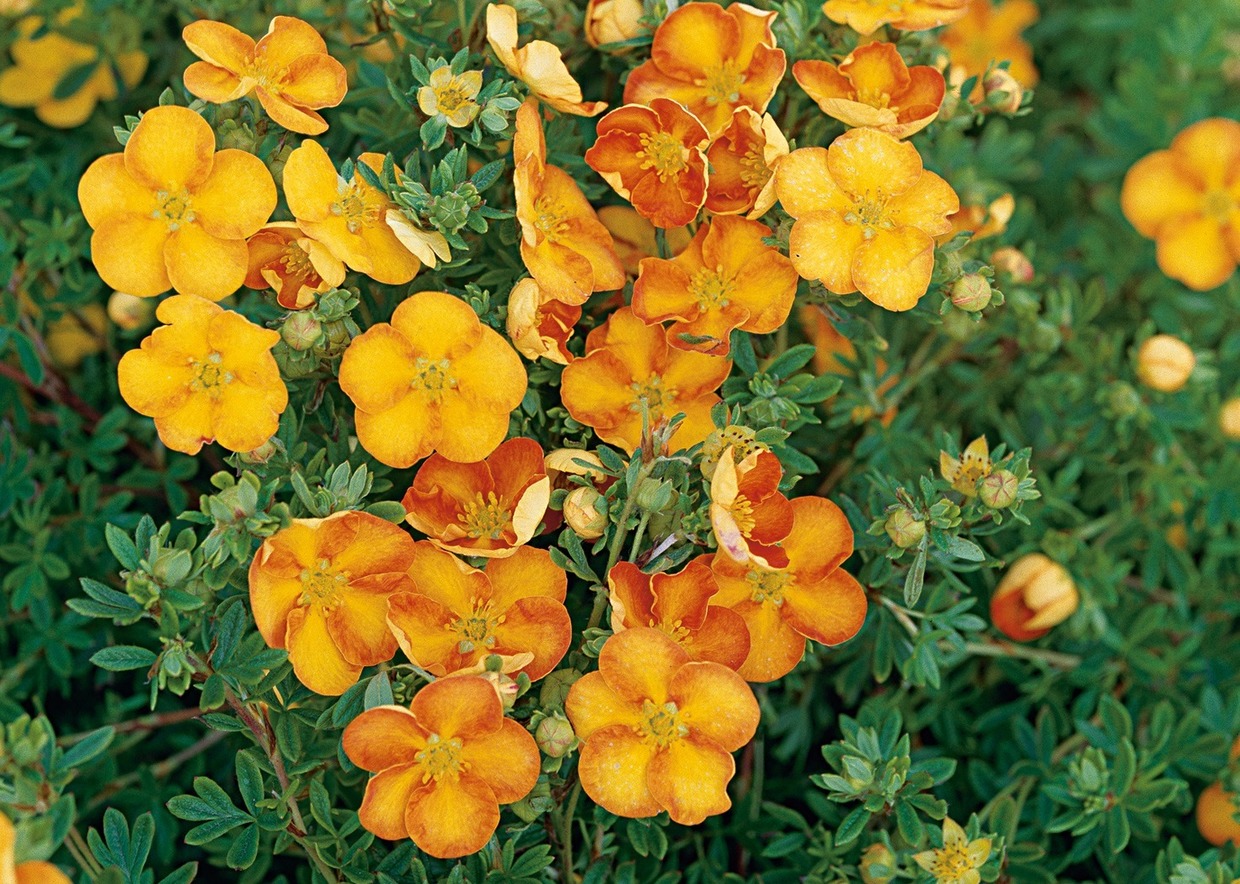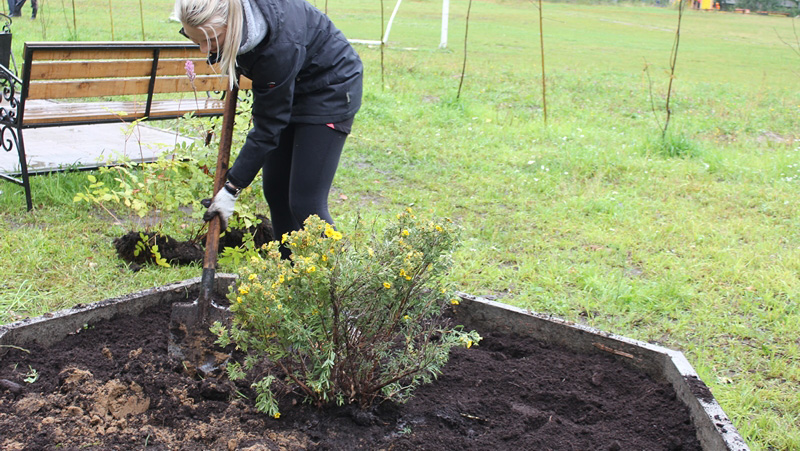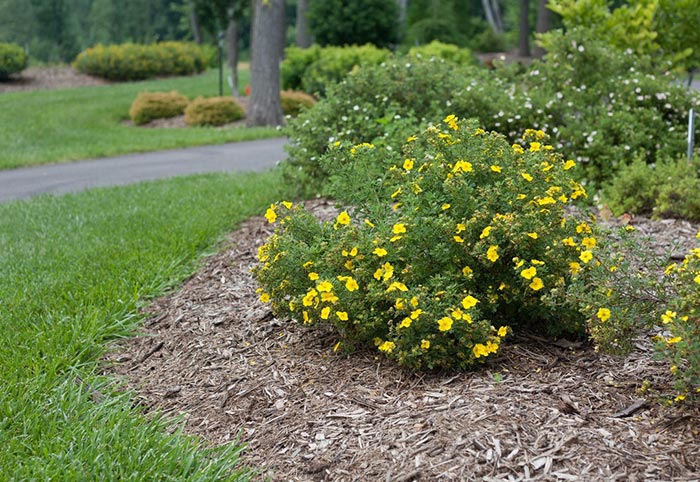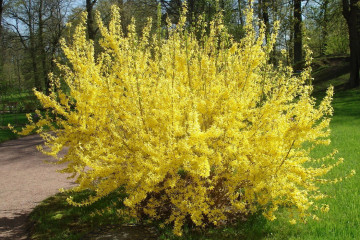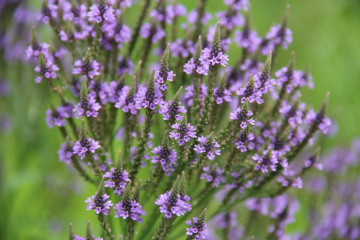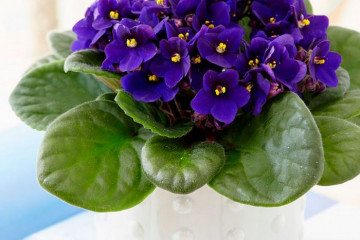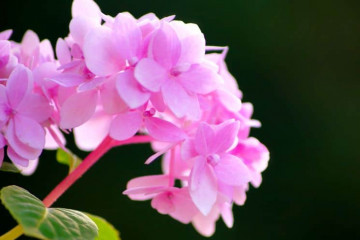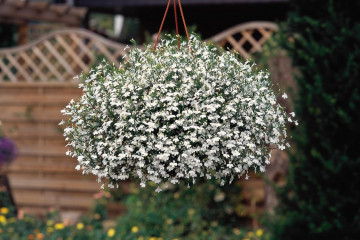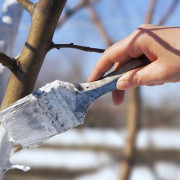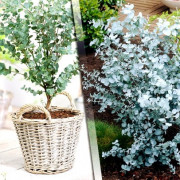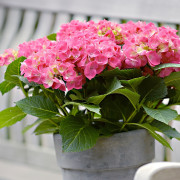Shrub cinquefoil yellow, white, pink
Content:
Shrub cinquefoil is considered the best ornamental plant, since it has a rare property to bloom for a long time and abundantly. If you take proper care of it, then the shrub from the very beginning of summer until the arrival of the first frost will be covered with a scattering of white, orange or pink flowers. Possessing excellent texture, details and extraordinary endurance, bush cinquefoil often decorates the landscape design of a summer cottage.
Shrubby cinquefoil is a beautiful beauty that can rightfully occupy a leading position in terms of flowering duration. Its description is replete with classifications and plant names.
Origin and appearance
The name of the culture in Latin sounds like Dasiphora fruticosa - dasiphora shrub. Its second botanical name is Kuril tea. Basically, the plant covers the regions of the Far East and Siberia, gravitates to mountainous areas, likes to grow on moist soils. Reproduction takes place in August, some of the seeds, as a rule, do not have time to ripen.
It is an erect shrub of small size, up to 150 cm in height. Trunks can be stored for up to 30 years.
Color descriptions
Flowers are:
- Singles
- 2-7 pcs. to the tops of the branch.
Sepals are distinguished by their integrity. Each flower has about 30 stamens, which is why the middle is fluffy. It reaches 3.5 cm in diameter and consists of 5 petals.
Types and varieties
The best varieties of Potentilla shrub are:
- Manchu. It is very difficult to grow this species on the territory of Russia, since it loves mountainous terrain and constant sunlight.
- Tilford Cream or yellow shrub cinquefoil. Flowers bloom in May.
- Pink Queen. It is up to 1.5 meters wide.
- Princesses. The flowers stand out in a pale pink color.
- Floppy Disk. Compact, unpretentious plant.
- Red Robin.
- Tangerine or Tangerine. The fruit is orange in color with a golden core.
- Hoples Orange.
- Abbotswood.
Abbotswood
A low bush up to one meter in height. It has a dense crown, light green leaves and white flowers.
Tilford Kirm
Low with a dense crown, grows slowly: every year no more than 10 cm. Life expectancy - up to 20 years. Ample sunlight is required. You can propagate it by layering or dividing the bush in June.
Used in:
- Landings,
- Decorating curbs, slopes,
- Rock gardens.
Red Ace
Potentilla red shrub has a second name - Kuril tea. It is not only a decoration of the garden, but also a storehouse of useful vitamins and microelements.
It grows with numerous branches. Can propagate by cuttings or seeds. Before transplanting, it is necessary to prepare the planting site, on which moisture in the soil should not linger. It tolerates drafts and winds well. Loves the sun's rays.
Hoples Orange
It blooms for a long time, the annual growth is up to 15 cm. It belongs to the group of deciduous shrubs.
The leaves are collected in 5 pieces, the flowers are numerous brushes of light orange color.
Undemanding, perfectly tolerates European soils, but prefers loose, moist species more.
Transplanting a bush into open ground
The most capricious varieties of Potentilla:
- White. Only grows in the shade
- Shiny. Prefers dry soil in the southern part of the site,
- Arctic. An acidic soil is required for cultivation.
Otherwise, planting will not be difficult even for novice gardeners.
What is needed for landing
Prepare the soil for transplanting, ideally it should have:
- Good looseness
- Be nutritious and slightly acidic,
- The presence of lime is obligatory in it,
- Drain the soil.
Optimal location
Absolutely everyone, with rare exceptions, loves light. Partial shade brings little damage to them. Therefore, the landing site must be chosen warm, sunny, light.
In addition, Potentilla does not like tightness. Therefore, the planting site should be spacious, designed for annual crop growth.
The final step is preparing the soil. In it:
- Water should not stagnate,
- There should be no overly dense soil.
Step by step process
The planting hole should be 2 times deeper than the earthen clod of the seedling. The bottom is covered with lime gravel, then up to half of the hole - with a mixture of humus and sand (2 to 1), you should also add about 150 grams of mineral fertilizers for ornamental plants. Then the seedling is lowered, which is covered with the same mixture.
The soil is compacted. At the end of planting, water the plant abundantly.
Reproduction
Reproduction takes place in two ways:
- Green or lignified cuttings,
- By dividing the bush or layering.
The shrub is obtained in properties similar to the parent.
Cuttings
Adult, mature shoots should be taken. Young cuttings are pruned along with the leaves, in which photosynthesis and the production of substances for further growth take place.
The cuttings are placed in a growth promoter, which will increase the quality of further cultivation. When the day is sunny, cuttings are cut before sunrise, in rainy weather - throughout the day.
The cut line should be 10 mm from the kidney.
The material for planting is immediately planted in the ground or no later than after two days, until the leaves have wilted. Before planting, cuttings should be treated with a disinfectant. The substrate must be moistened after planting.
When the cuttings are rooted, which happens over 6-8 weeks, they are planted in the time of rain or cloudy weather.
Growing from cuttings
The method is more beneficial to use in the summer. Strong but flexible shoots are cut where they touch the ground. Then they should be dug into a shallow hole and pressed with a stone. Can also be pinned down with a wire pin.
Roots usually appear on the tenth day, but do not rush to separate from the parent plant. First, you should wait until the young grow stronger. All this time, it is necessary to water and feed it abundantly, like the main bush.
Care
Leaving Potentilla shrub and growing is quite minimal, especially if the plant's trunk circle is mulched. Then the weeds will not interfere with flowering and growth. It is also important to constantly loosen the soil, but do it very carefully so as not to hurt the roots.
Watering mode
After planting, young growth is watered once a week at the rate of 3 liters of water per bush. If the weather is hot, the volume of liquid should be added and watering should be done 2 times a week.
An adult bush usually has enough rainfall. The main thing is the relatively moist soil. For this purpose, it is necessary, after watering, to loosen the soil up to 10 cm in depth.
Top dressing
It is carried out 4 times per season, using an infusion of mullein with ash.
Feeding options:
- When the bush develops and grows, then potassium and phosphate are taken. For one bush, 30 grams are diluted in a bucket of water. fertilizers.
- During the formation of buds, fertilizing is carried out with phosphorus-potassium fertilizer. It can be purchased from a specialist store.
Flowering period
Flowering in many varieties begins in early June and lasts until the end of October. At this moment, new flower buds are constantly growing. Withered buds are immediately cut off.
The best fertilizers during the flowering period are:
- Terraflex-start. For 10 liters of water, 25 grams are taken. Helps fight fungi.
- "Premium". For 10 liters - 1 sachet. Increases plant immunity.
- "Blank sheet". For 5 liters - 1 measuring spoon. It is also used for feeding seedlings. Enriched with succinic acid.
- "Agronomist pro". For 3 liters - 0.5 measuring spoons. Provides full growth.
- Royal Mix. For 1 liter - 1 gr. Compensates for nutritional deficiencies.
Dormant period
At the end of flowering, the bush must be thinned out, leaving young shoots. After that, feeding with humus and moistening the bush are carried out.
Pruning should be repeated in the spring when it is clear which shoots have overwintered successfully. Frozen areas of the bush should be eliminated by cutting to living tissue.
Preparing for winter
For wintering, there is no need to cover the five-leafed leaf, since the plant is quite frost-resistant. Only young shrubs that were planted in the fall, as well as rooted cuttings, take refuge.
Cinquefoil is one of the favorite shrubs of gardeners. Everyone speaks positively about it, since even a beginner can cope with growing. The beneficial properties of the plant are also an advantage. Therefore, in winter you can enjoy the aromatic Kuril tea collected in summer at your summer cottage.
